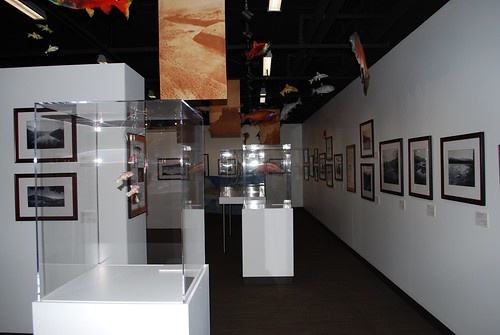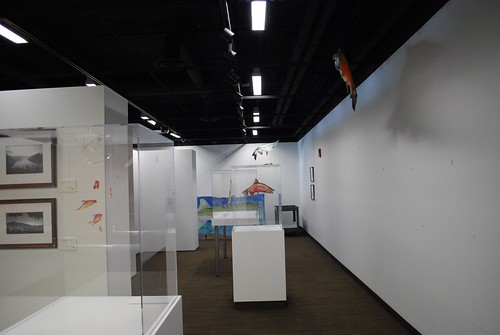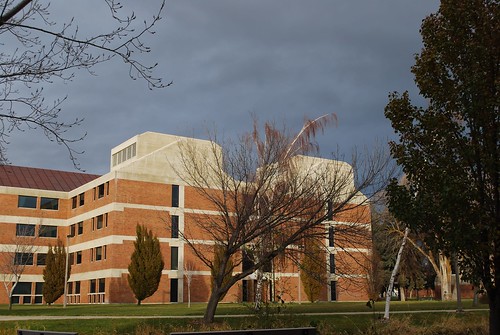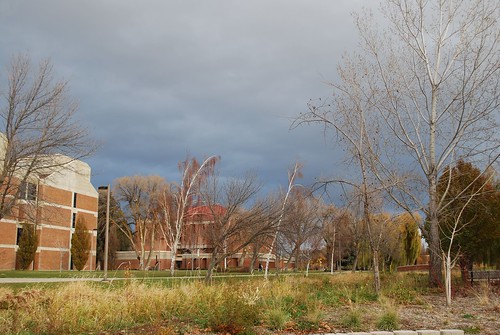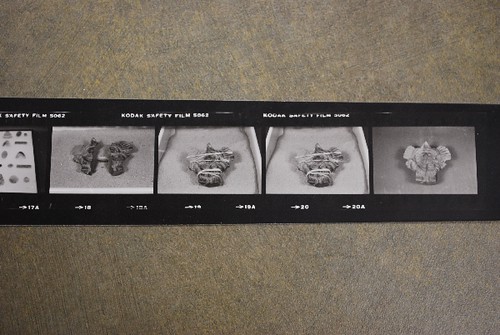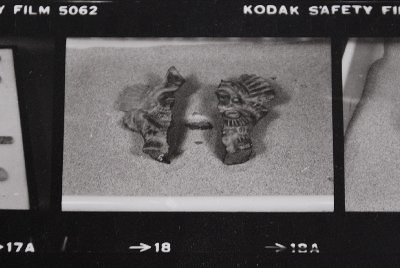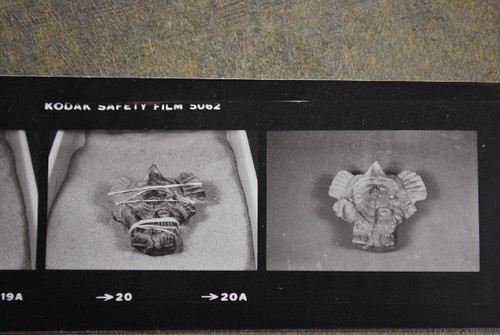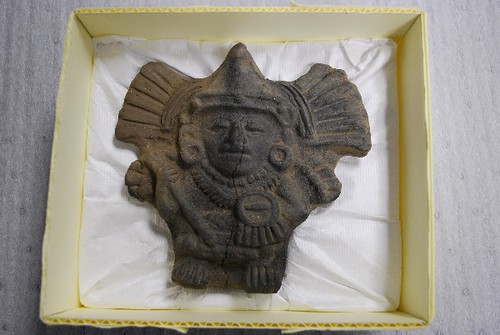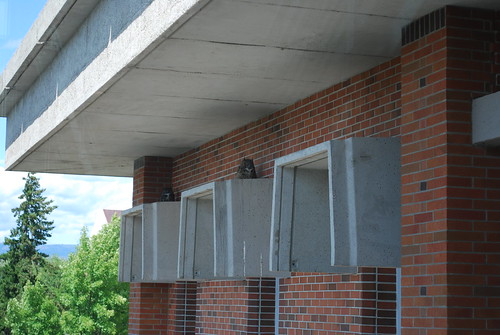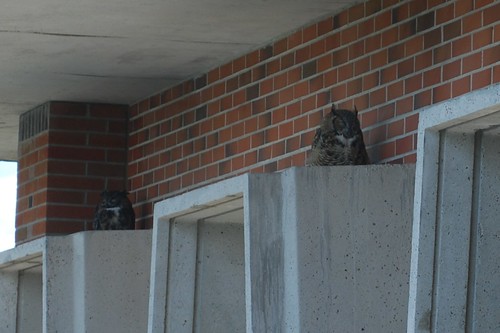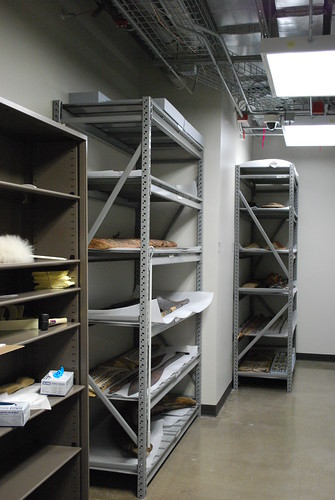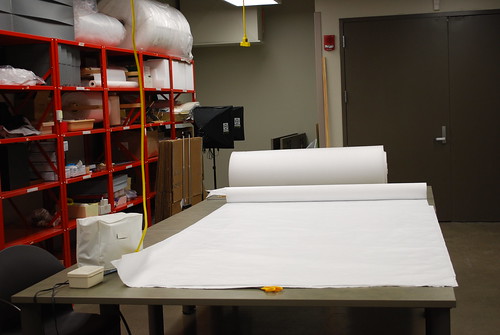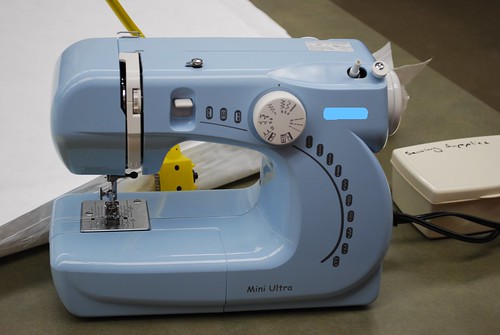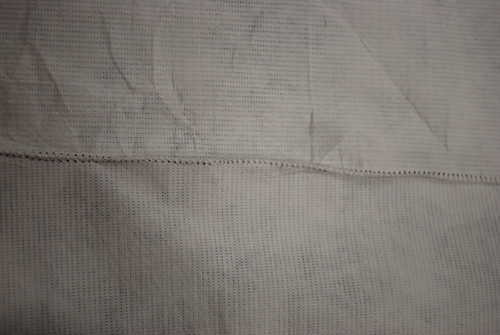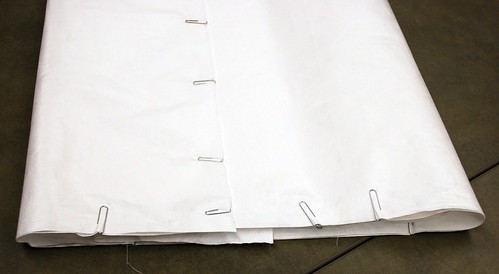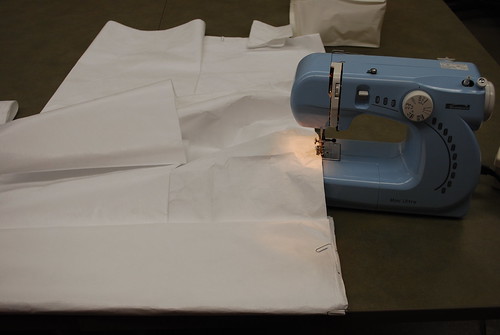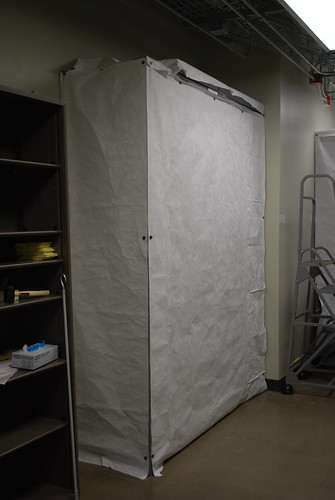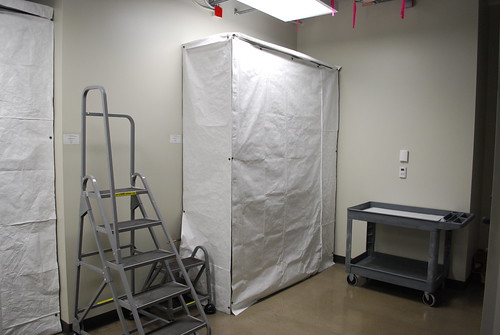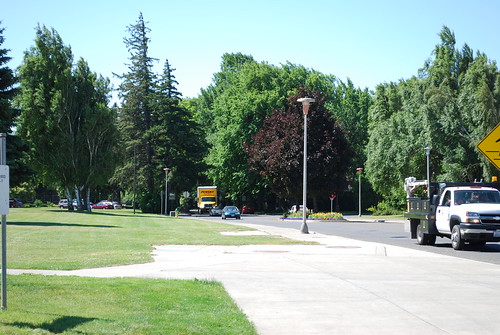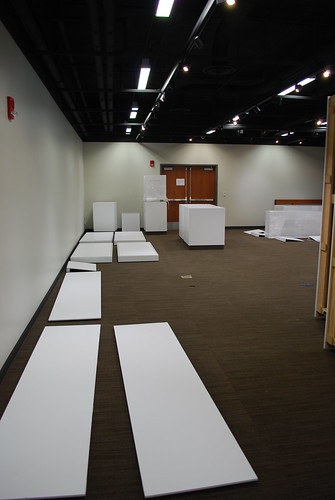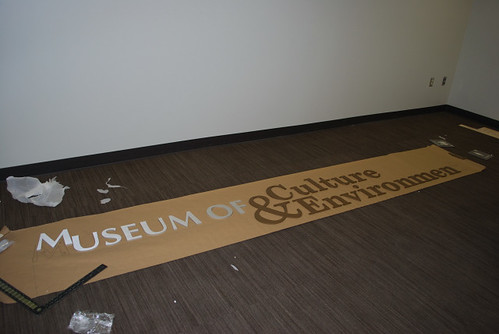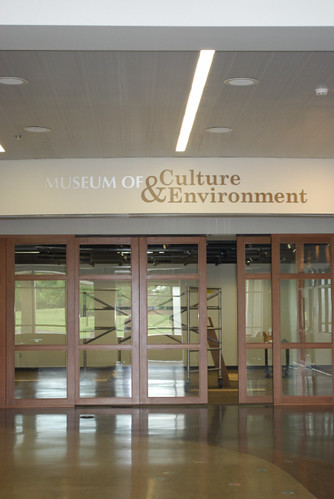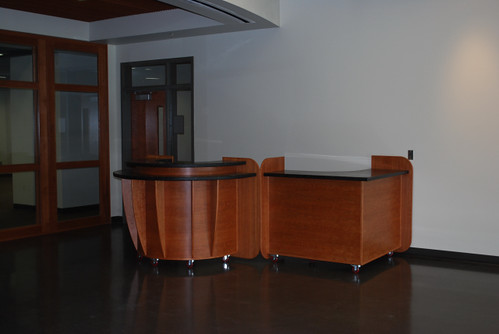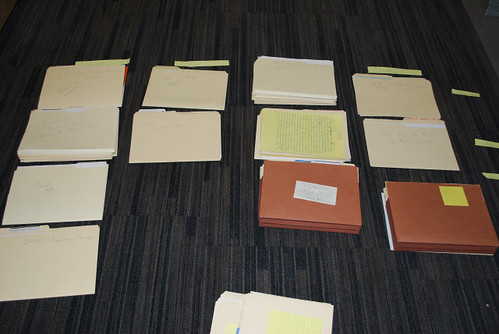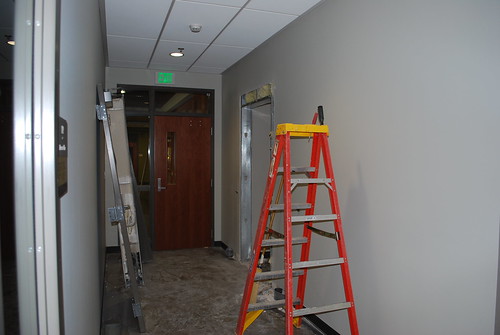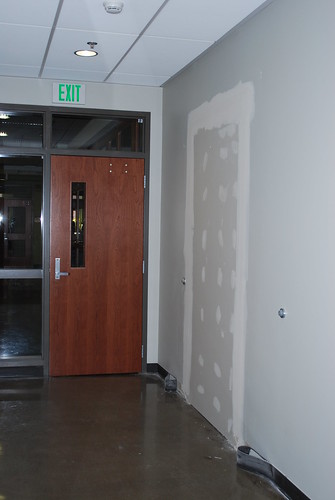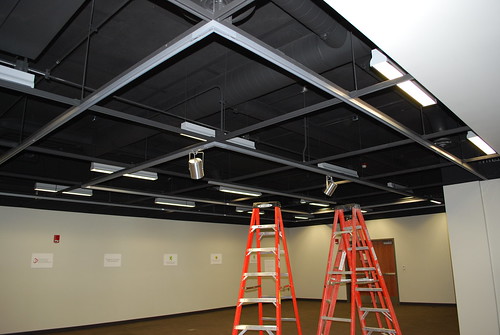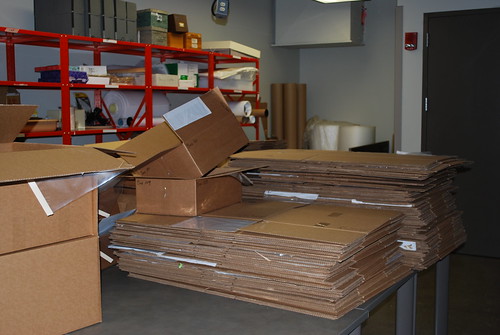I've always said that one of the things I love about my job is the variety of things I get to do. Today was no exception.
 Note the enormous crate, we'll get to it later.
Note the enormous crate, we'll get to it later.I got into work today and things started out pretty much in the usual way.
- I check my email and catch up on things from the weekend.
- I speak with the museum director about some grants that we've received and what sort of projects I have planned for the summer.
- My first intern comes in; I ask her to work on an inventory of the chipped stone (no small task).
- I begin to work on a short write up of collections work for the first annual report of the MCE.
- My first intern leaves, my afternoon interns arrive.
- I put them to work on rearranging the shelves and moving all of the shields and swords into the shelves(which take up a lot of space - this task condenses them significantly).
- A work study student arrives; she resumes a project researching the memoirs of our first donor for clues about the collections object.
- A biological anthropologist, for whom we've been holding a crate, comes down to say he's going to open the crate and take its contents up to his lab.
- The contents? A DNA sequencer. My nerdy delight is stifled somewhat when it doesn't look like an old school
Star Trek computer with blinking lights and lots of knobs and buttons. It's actually a fairly nondescript tan metal cube.
- I help unload the sequencer and take the debris from the crate out to the dumpster.
- I continue working on and finish the draft of the collections work write up. I email this to the director.
- I work on intern evaluations.
- The afternoon interns finish up for the day and report on where they left off.
- Work study student wraps up for the day and heads home.
- I assemble the Shop Vac which arrived a couple of weeks ago and
- I clean up the small bits of wood and styrofoam left behind from the crate and packing materials.
- I decide that today passed so quickly that I should go blog about it.
- And I do all this while dressed nicely enough to go to a reception at the President's house half an hour from now.
And somewhere in there I found time to go get my espresso drink of choice (double 20 oz iced white chocolate americano with cream (and to think that only two years ago I had never had coffee! This is what moving to Seattle does to a midwesterner.)) and to eat lunch.
So! All in all, a pretty eventful day!
PS: Why is it that my post titles always make me think of
songs?
